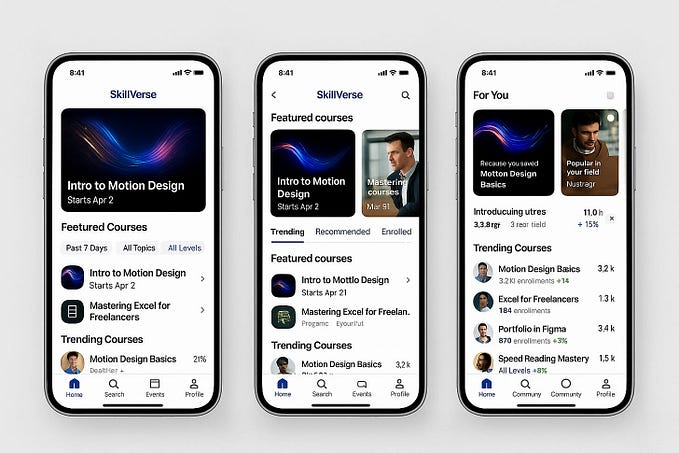Member-only story
So you want to build a search engine
Building a successful search takes more than technical smarts, but if done right is one of the most rewarding products you could work on.

Everything is a search problem. From finding the keys in our pocket (thanks, AirTag) to looking up a long lost lover on LinkedIn — seeking things and answers is the problem that predates civilisation.
When historians look back, they will proclaim how this was the time when humans industrialised search on a scale that touched every facet of our lives. Our era marks the transition from search being used for survival to one of expanding our knowledge.
It’s hard not to see the impact.
An average person conducts between three and four searches each day; more times than I can remember to drink water.
Google.com is the most dominant website on the planet, logging approximately 5.6 billion searches daily.
We have been looking for answers to life’s questions for centuries, but it’s never been so easy, expansive and quick to do so. To cope with the newfound convenience, we have honed skills for sifting the informational zeitgeist and learning to pose questions in ways a machine can understand.
“You have people walking around with all the knowledge of humanity on their phone, but they have no idea how to integrate it. We don’t train people in thinking or reasoning.” David Epstein, Range
Servers, algorithms, and programming languages aid us in this struggle, a compass for mapping the optimal route from query to knowledge.
For those of us building such search tools, our problem is knowing that when our users search for anything, there are few guarantees we will provide relevant answers. So, how best to approach this?
The secret to a great search
Being an excellent search product team is the same as being a great team for anything else. The principles are almost cliche: Understand and help your users solve a valuable problem and work backwards from…








